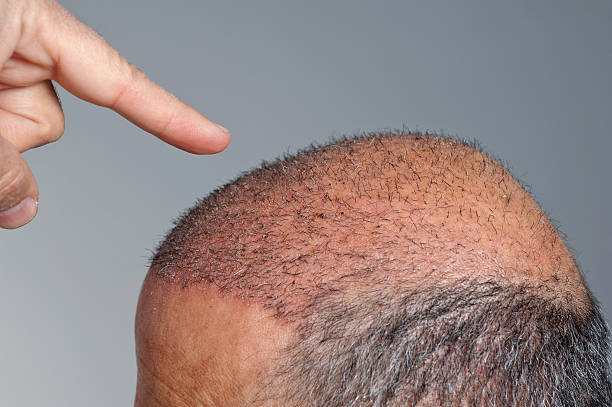Understanding the Science Behind Hair Transplant and Its Modern Techniques
Hair loss is a common issue that both men and women face, often leading to a negative impact on self-esteem and confidence. For centuries, humans have attempted to find solutions to hair loss, from concoctions of strange ingredients to innovative surgical techniques. Among these, hair transplant surgery has emerged as a popular option for those seeking a permanent solution to hair loss. This procedure, which involves relocating hair follicles from one part of the body to another, has seen significant advancements over the years. Understanding the science behind hair transplant, its evolution, and modern techniques can provide valuable insights into this intriguing aspect of dermatology and cosmetic surgery.

The Genesis and Evolution of Hair Transplant Techniques
The history of hair transplant surgery can be traced back to the 19th century, when German surgeon Dr. Menahem Hodara first attempted to transplant hair follicles in 1897. The rudimentary techniques used in these early days often yielded unsatisfactory results, and it wasn’t until the mid-20th century that modern hair transplantation began to take shape.
In the 1950s, a New York dermatologist named Dr. Norman Orentreich discovered the concept of ‘donor dominance.’ This principle suggested that hair follicles transplanted from a region resistant to balding (typically the back and sides of the head) would continue to grow in the balding area. This breakthrough paved the way for the development of the punch graft technique, which involved transplanting plugs of scalp containing multiple hair follicles. While this method marked a significant improvement, the resultant hair often had a ‘doll’s hair’ appearance, leading to further advancements in techniques.
The Modern Revolution: Follicular Unit Transplantation (FUT) and Extraction (FUE)
In the 1990s, the concept of Follicular Unit Transplantation (FUT) was introduced. FUT involves removing a strip of scalp from the ‘donor’ area, dissecting it into individual follicular units (each containing 1-4 hairs), and transplanting these units into the balding area. This technique produces a more natural look compared to the punch graft method, but it can result in a linear scar in the donor area.
Consequently, a significant advancement came with the development of Follicular Unit Extraction (FUE) in the early 2000s. In FUE, individual follicular units are directly extracted from the donor area and transplanted into the balding area. This technique eliminates the need for a linear incision, reducing scarring and recovery time. It has quickly become the most popular method for hair transplantation today.
The Impact and Reception of Hair Transplant Surgery
The advancements in hair transplant techniques have not only improved the physical outcomes but also transformed the perception and reception of this procedure. Today, hair transplants are widely accepted and increasingly sought after, thanks to the promising results they offer.
Moreover, these procedures have a significant psychological impact. Hair loss can often lead to self-esteem issues, and by providing a solution, hair transplant surgery can significantly improve patients’ mental well-being. The increased acceptance of these procedures has also led to a destigmatization of hair loss, encouraging open conversations about the issue.
The Future of Hair Transplantation: Stem Cells and Cloning
While modern hair transplant techniques have come a long way, the quest for even more effective and less invasive procedures continues. One of the most promising areas of research is the use of stem cells and hair cloning.
The concept involves extracting a small number of hair follicles, isolating the stem cells, and multiplying them in a laboratory. These cells could then be injected into the scalp to stimulate hair growth. While still in its early stages, this technique could potentially overcome the limitations of current procedures, such as the availability of donor hair.
Concluding Thoughts: Understanding and Embracing the Science of Hair Transplant
The science behind hair transplant is complex and fascinating, intertwining dermatology, cosmetic surgery, and even psychology. The evolution of techniques from rudimentary grafts to modern FUE has revolutionized the approach to hair loss, offering hope to millions worldwide.
As we continue to understand and refine these techniques, hair transplant surgery promises even more effective solutions in the future. By embracing the science behind this procedure, we can better appreciate the intricacies involved and the significant impact it can have on individuals grappling with hair loss.



